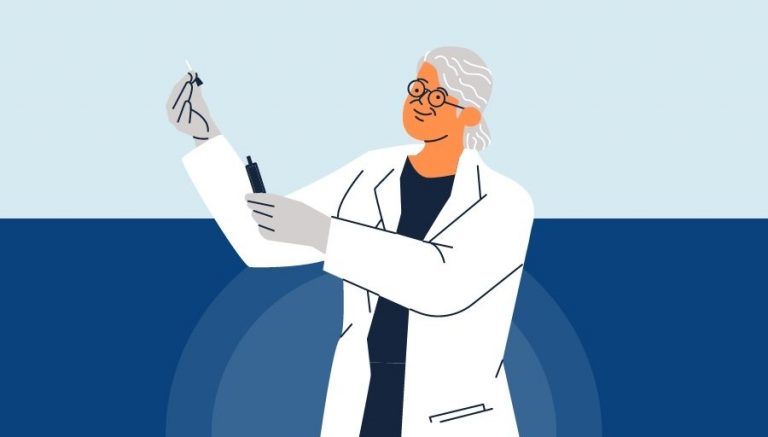How To Use CPT Code 29825
CPT 29825 describes a specific procedure performed on the shoulder joint using arthroscopy. This article will cover the description, official details, procedure, qualifying circumstances, appropriate usage, documentation requirements, billing guidelines, historical information and billing examples.
1. What is CPT Code 29825?
CPT 29825 involves the examination and treatment of the tissue inside the shoulder joint using arthroscopy. The provider inserts an arthroscope, a specialized instrument with a camera and light source, through a small incision in the shoulder area. Additional instruments are used to lyse, or destroy, adhesions and restore free movement of the shoulder. The provider may also manipulate the shoulder as necessary during the procedure.
2. Official Description
The official description of CPT code 29825 is: ‘Arthroscopy, shoulder, surgical; with lysis and resection of adhesions, with or without manipulation (For open procedure, see specific open shoulder procedure performed)’
3. Procedure
- The provider prepares the patient for the procedure, ensuring appropriate anesthesia and prepping the shoulder area.
- An incision is made in the shoulder area, and the arthroscope is inserted into the shoulder joint.
- Saline solution is instilled to inflate the area and improve visibility.
- Additional instruments are inserted to lyse adhesions and remove them.
- The provider may manipulate the shoulder joint as necessary to restore free movement.
- The area is irrigated, checked for bleeding, instruments are removed, and the incision is closed.
4. Qualifying circumstances
CPT 29825 is performed on patients with adhesions in the shoulder joint that are causing restricted movement. Adhesions are fibrous bands that form between tissues and organs, typically as a result of inflammation or injury during surgery. The procedure is performed by a provider who is trained in arthroscopy and has the necessary equipment and expertise to perform the lysis and resection of adhesions.
5. When to use CPT code 29825
CPT code 29825 should be used when the provider performs arthroscopy on the shoulder joint and performs lysis and resection of adhesions, with or without manipulation. It should not be used for diagnostic arthroscopy or for open procedures. If a diagnostic arthroscopy is performed before the surgical procedure and a previously unknown condition requiring open repair is discovered, both the diagnostic arthroscopy and the open repair can be reported with modifier 59 appended to the diagnostic arthroscopy code.
6. Documentation requirements
To support a claim for CPT 29825, the provider must document the following information:
- Patient’s diagnosis and the need for lysis and resection of adhesions
- Details of the procedure, including the use of arthroscopy, lysis and resection of adhesions, and any manipulation performed
- Date of the procedure
- Incision site and size
- Specific instruments used
- Any complications or unexpected findings
- Post-procedure instructions or recommendations
- Signature of the provider performing the procedure
7. Billing guidelines
When billing for CPT 29825, ensure that the procedure meets the criteria described in the official description. It should involve arthroscopy, lysis and resection of adhesions, and may include manipulation of the shoulder joint. Modifier 59 should be appended to the diagnostic arthroscopy code if both a diagnostic arthroscopy and open repair are performed. It is important to follow the specific guidelines provided by the payer to ensure accurate and appropriate billing.
8. Historical information
CPT 29825 was added to the Current Procedural Terminology system on January 1, 1990. There have been no updates or changes to the code since its addition.
9. Examples
- A patient with restricted shoulder movement due to adhesions undergoes arthroscopy, lysis, and resection of adhesions by a qualified provider.
- An athlete with a history of shoulder injury requires the removal of adhesions to restore full range of motion in the shoulder joint.
- A patient with chronic shoulder pain undergoes arthroscopy, lysis, and resection of adhesions to alleviate symptoms and improve function.
- A postoperative patient develops adhesions in the shoulder joint and requires surgical intervention to restore mobility.
- A patient with a history of shoulder dislocation undergoes arthroscopy, lysis, and resection of adhesions to prevent recurrent dislocations.
- A provider performs arthroscopy, lysis, and resection of adhesions on a patient with frozen shoulder syndrome to improve range of motion and alleviate pain.
- An individual with a shoulder injury resulting from trauma undergoes arthroscopy, lysis, and resection of adhesions to facilitate healing and restore function.
- A patient with chronic inflammation in the shoulder joint requires surgical intervention to remove adhesions and improve joint health.
- An elderly patient with age-related degeneration in the shoulder joint undergoes arthroscopy, lysis, and resection of adhesions to alleviate pain and improve mobility.
- A provider performs arthroscopy, lysis, and resection of adhesions on a patient with a history of failed conservative treatment for shoulder impingement syndrome.


